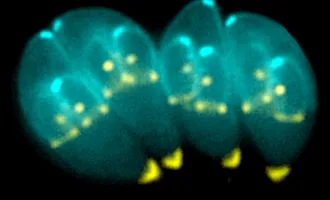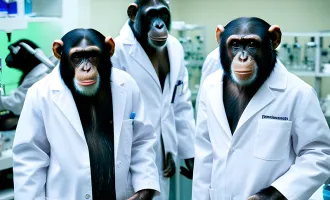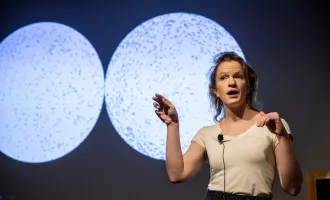Journal Club: Development/Regeneration
Presentation: "How to Get A-Head in Life: Rescuing Head Regrowth in Regeneration-limited Planarians"
Presenter: Christina Hueschen, second-year BMS student
Paper: Liu S.Y. et al. “Reactivating head regrowth in a regeneration-deficient planarian species,” Nature, 2013 Aug 1; 500(7460):81-4.
In a nutshell:
One of the most remarkable feats of modern medicine is organ transplantation, but this process carries significant risks, including the limited availability of donor organs and possible rejection of the foreign tissue. What if we could bypass all of that by regenerating the patient’s own tissue?
What if we could just grow a new heart for a patient? What if we could regrow neurons in patients with degenerative diseases such as Alzheimer’s? This is the hope of regenerative medicine—developing the ability to replace damaged tissue or stimulate its healing.
Planarians, more commonly called flatworms, are known for their regenerative abilities. Some species, like the infamous S. mediterranea, can regenerate thousands of times, even if you cut away everything and leave only a tiny tip of the tail. Other species, like D. lacteum, aren’t so good at it.
By comparing these species and figuring out what makes one better than the other at regenerating, we can later apply that information to regenerative medicine and improve our ability to regrow human cells.
In this paper, the authors compared the regenerative processes of the two planarian species and determined that they were comparable up until blastema differentiation. This means that D. lacteum was able to heal and make new cells, but these new cells were unable to grow into other cell types.
Upon further analysis, they concluded that this was because of a difference in the iconic Wnt/b-catenin developmental pathway. Simplistically, differences in the levels of these signals determine cell fate, and D. lacteum had more of these signals telling its cells to grow into tail cells. When the authors eliminated these signals, D. lacteum was able to regrow its head.
We’re a long way from using this information to regrow a human head, but if we can figure out how these differences arise, we can bring regenerative medicine a little step closer to its goal.



